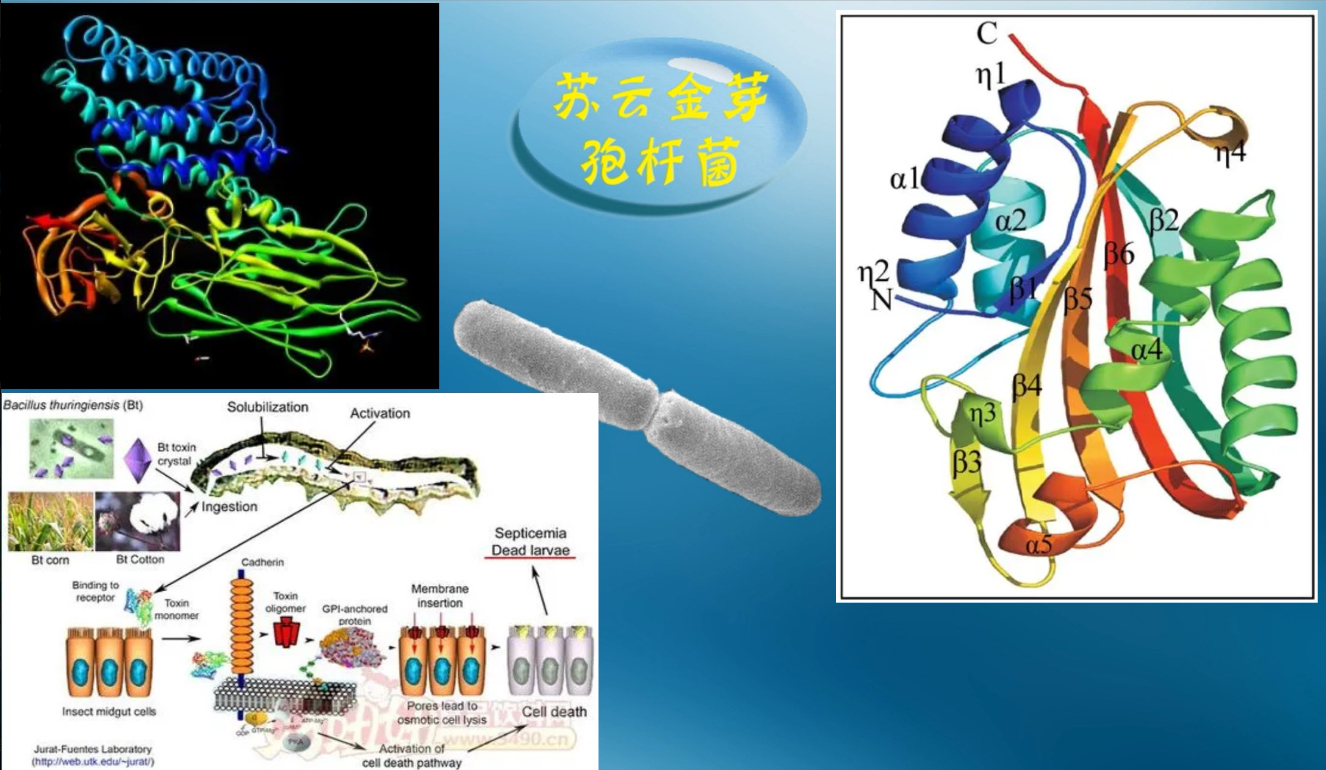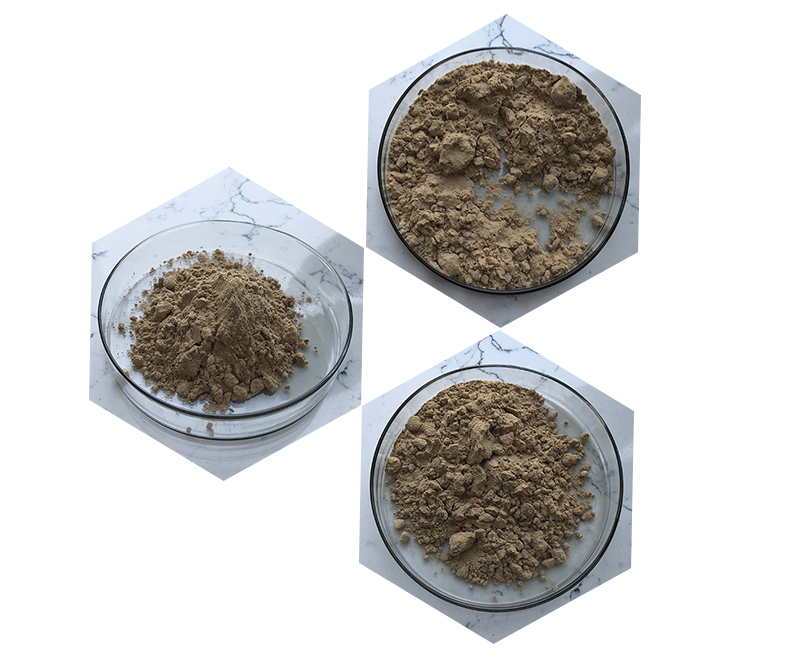Optimizing solid fermentation medium for Bacillus thuringiensis (Bt) involves several key factors to enhance growth and toxin production. Here are some considerations and steps you can take:
1. Carbon Sources
- Use various carbon sources such as glucose, sucrose, or starch. The choice can influence growth and toxin production.
- Test different concentrations to determine the optimal level.
2. Nitrogen Sources
- Incorporate organic (e.g., yeast extract, peptone) and inorganic nitrogen sources (e.g., ammonium sulfate) to support protein synthesis.
- Experiment with ratios and concentrations.
3. Mineral Supplements
- Ensure the medium contains essential minerals (e.g., calcium, magnesium, potassium, iron) that can enhance bacterial growth and metabolism.
4. pH Control
- The optimal pH for Bacillus thuringiensis growth is typically around 6.5 to 7.5. Adjusting the pH of the medium can significantly impact growth.

5. Moisture Content
- Solid-state fermentation relies on proper moisture levels. Aim for a moisture content that supports microbial activity without causing anaerobic conditions.
6. Temperature
- Optimize incubation temperature, typically around 28-30°C for Bacillus thuringiensis.
7. Aeration
- Ensure adequate aeration, as Bacillus thuringiensis is aerobic. Adjusting the medium’s texture can help improve air exchange.
8. Inoculum Size
- Experiment with different inoculum sizes to determine the best starting concentration for maximal growth and toxin production.
9. Fermentation Time
- Monitor growth and toxin production over time to identify the optimal fermentation duration.
10. Statistical Design
- Utilize experimental design methods (e.g., Response Surface Methodology) to systematically evaluate and optimize multiple variables.
11. Monitoring
- Regularly assess growth (e.g., biomass yield) and toxin production (e.g., using bioassays) to determine the effectiveness of your medium.

Example Medium Components:
- Carbon Source: Glucose (2-5 g)
- Nitrogen Source: Yeast extract (1-3 g)
- Mineral Supplement: MgSO4·7H2O (0.1-0.5 g)
- Buffer: Na2HPO4 (0.1 g)
- Water: Adjust for optimal moisture content
By carefully testing and optimizing these parameters, you can enhance the efficiency of Bacillus thuringiensis production in solid-state fermentation.
